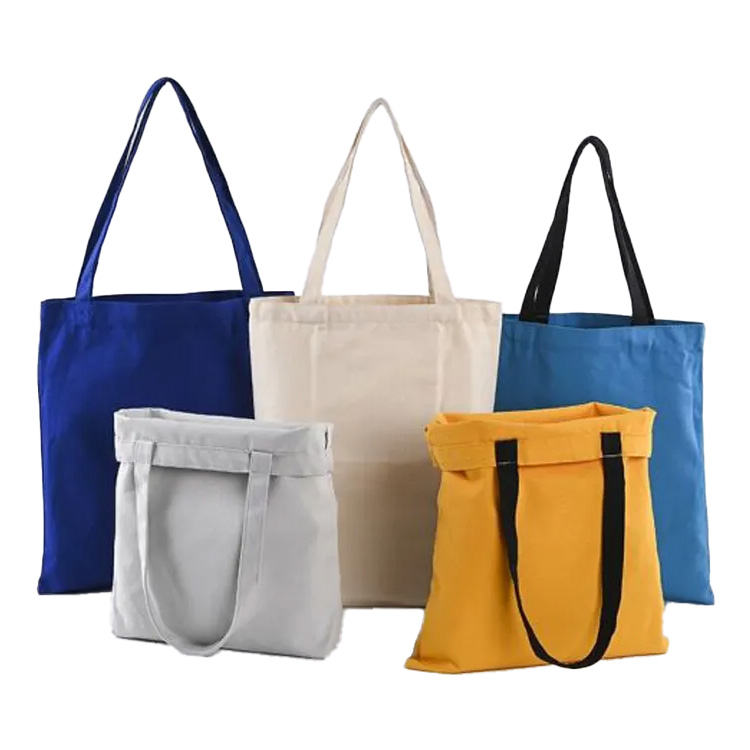
How Bags Are Manufactured: From Concept to Carry
Bags are a daily necessity and a fashion statement rolled into one. From sleek leather handbags to rugged backpacks, the process of manufacturing a bag involves a blend of design, craftsmanship, technology, and quality control. Here’s a detailed look into how bags are made:
1. Design and Planning
The journey begins with an idea. Designers conceptualize the bag based on current trends, functionality, and brand identity. Key steps include:
Sketching: Designers create sketches of the bag’s shape, compartments, and features.
Material Selection: Choices include leather, canvas, nylon, polyester, or eco-friendly alternatives like recycled materials.
Prototype Creation: A sample or prototype is made to test dimensions, functionality, and aesthetics.
This stage may also involve CAD (Computer-Aided Design) software to create digital blueprints and patterns for precision.
2. Material Cutting
Once the design is finalized, the selected materials are cut into specific shapes and sizes:
-
Manual Cutting: In small workshops or custom shops, materials are hand-cut using patterns.
-
Die Cutting: For mass production, die-cutting machines slice materials uniformly.
-
Laser Cutting: Offers high precision, especially for synthetic fabrics and intricate designs.
The cut pieces include the main body, straps, linings, zippers, pockets, and decorative elements.
3. Assembly and Stitching
Next, the various components are assembled:
Sewing: Skilled workers or industrial machines stitch together the pieces with high-strength thread.
Reinforcement: Areas like handles or strap joints are double-stitched or riveted for durability.
Attachment: Zippers, buttons, buckles, and logos are added at this stage.
This phase requires meticulous attention to detail to ensure symmetry, strength, and a clean finish.
4. Quality Control
Before the bag is packaged, it undergoes thorough inspection:
Functional Testing: Zippers, straps, and compartments are tested.
Visual Check: Bags are examined for even stitching, alignment, and defects.
Stress Testing: Some bags manufacturers test weight capacity or wear resistance, especially for backpacks or travel bags.
Only bags that meet the standards are approved for distribution.
5. Branding and Packaging
Finally, branding elements like logos, labels, or tags are added. The bags are then cleaned, packed in protective covers, and boxed for shipping.
Eco-conscious brands may use recyclable or biodegradable packaging.
Luxury brands often include dust bags, care instructions, and elegant boxes.
Sustainability and Innovation
In recent years, the bag manufacturing industry has seen a shift toward sustainability:
Recycled Materials: Plastic bottles, old textiles, and vegan leathers are being transformed into fashionable bags.
Ethical Labor Practices: Many brands now prioritize fair wages and safe working conditions in their supply chains.
Smart Features: Some modern bags come equipped with solar panels, anti-theft tech, or USB charging ports.
Verdict
The manufacturing of bags is a complex and fascinating process that blends creativity with engineering. Whether handcrafted or mass-produced, each bag goes through a journey of design, refinement, and careful production to become the stylish and functional accessory we carry every day.
